Buried in Time
From a dune-covered town to a fire-wrecked dance hall, discover the hidden history of Saugatuck’s vibrant past.

The Lost Town of Singapore
When you visit the bustling streets of Saugatuck, you’d never guess that a city lies buried deep beneath the sand in the nearby dunes. In 1837, a pioneer named Oshea Wilder founded the Singapore settlement along the banks of the Kalamazoo River. With a bounty of forests surrounding it, Singapore quickly became a boom town for lumber and shipbuilding.
At the town’s peak, 200 hundred people lived in Singapore, which included between 25-40 houses, four lumber mills, a general store, and a busy harbor. There was even a bank that printed its own “Singapore Bank Notes,” which you can check out when you visit the Saugatuck-Douglas History Center.
By the 1870s, Singapore had become a significant shipping center and lumber port that supplied major Great Lakes cities, including Milwaukee and Chicago. When the Great Chicago Fire broke out in 1871, the people of Singapore rolled up their sleeves to help the city rebuild.
Mills in the small town harvested timber from the forest that served as a protective barrier between the town and Lake Michigan. When all the trees had been felled, processed, and shipped across the lake, nothing was left to protect Singapore from the brutal gales that howled across the lake, blowing sands from the dunes across the settlement.
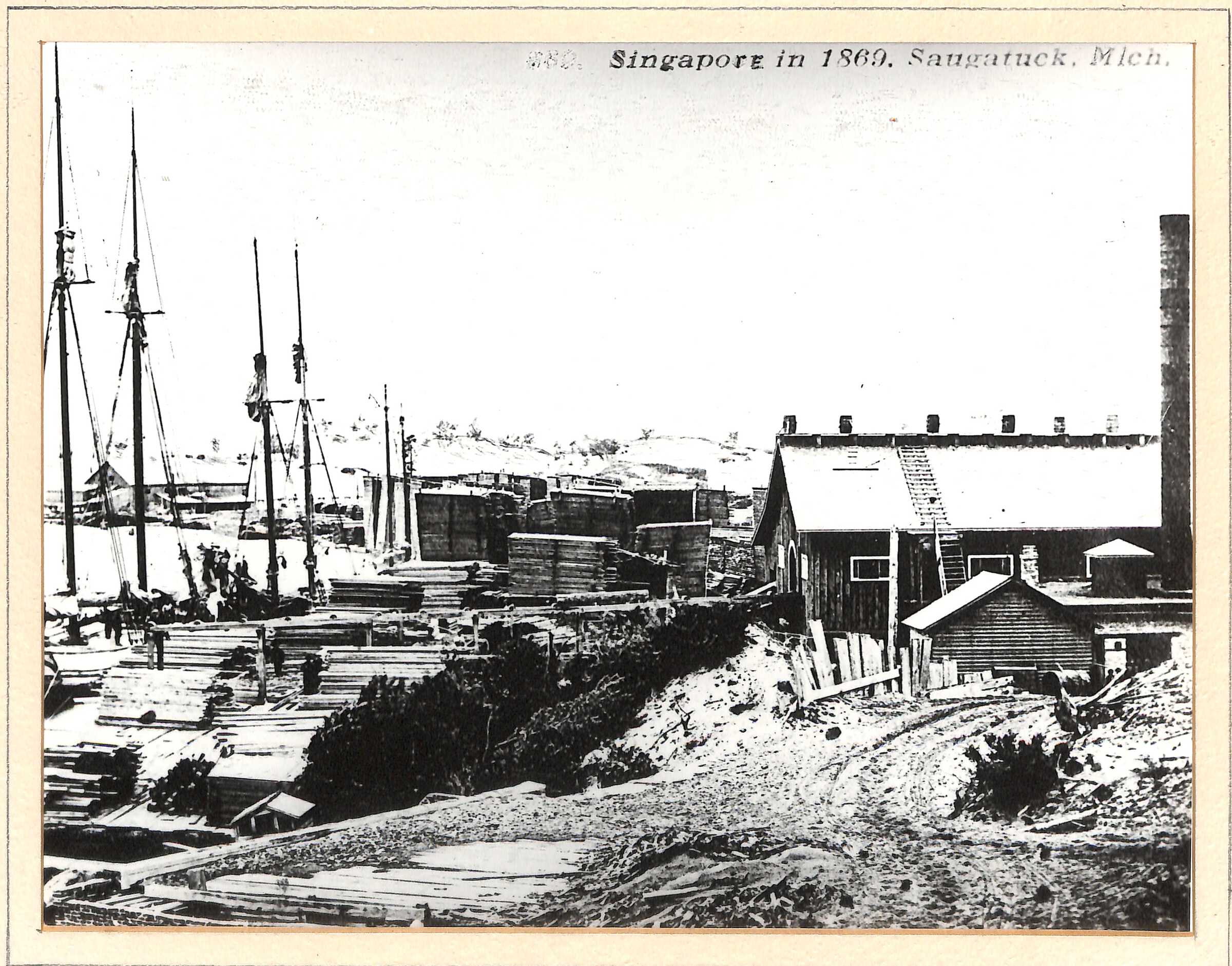


The resulting devastation was reminiscent of Pompei. Black and white photos show Singapore homes buried to the rooftops in sand. Over several years, people packed up their belongings and abandoned the once bustling town. Townspeople did rescue several structures, sliding the bank and three houses down the frozen Kalamazoo River in the winter.
Today, visitors to the area can still see traces of the old lumber town. The best way to do this is by taking a dune buggy ride at the Saugatuck Dune Rides. During this thrilling, off-road journey through the dunes above what was once the Singapore settlement, guides will share tales about the lost town. You might even see a few remnants of the old town if you’re lucky!
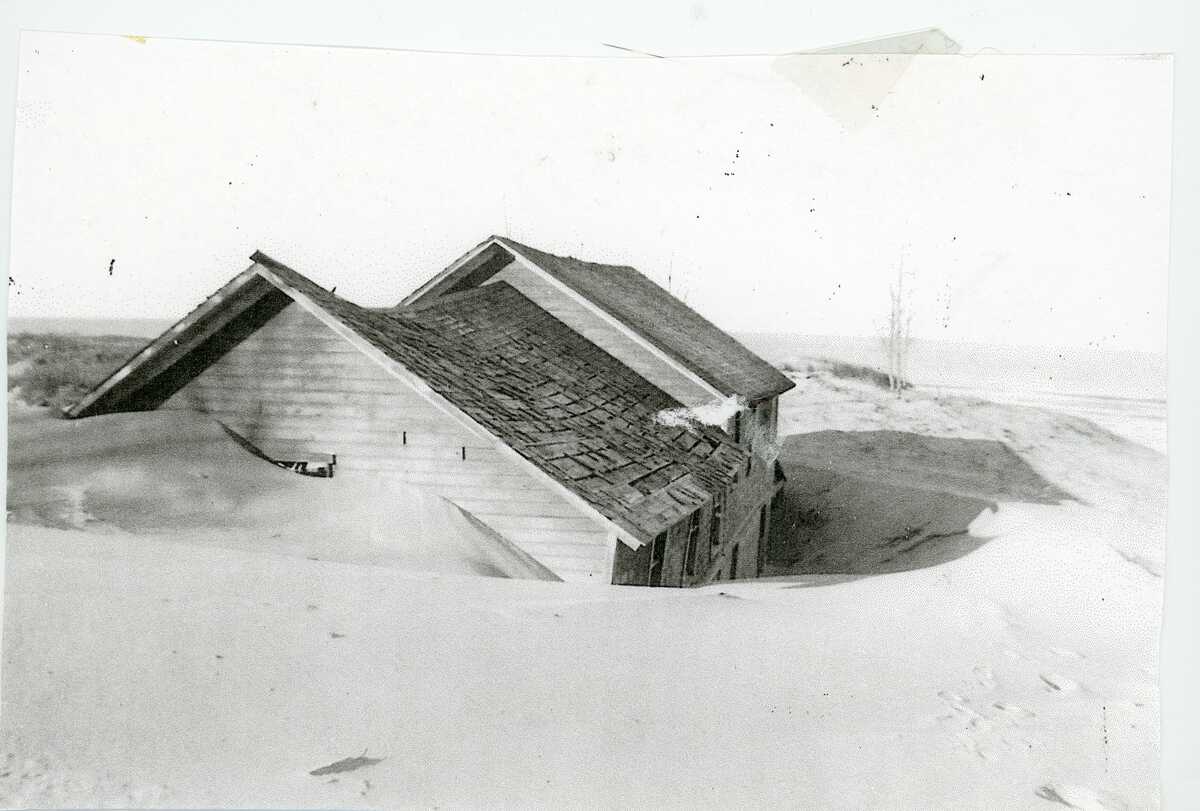

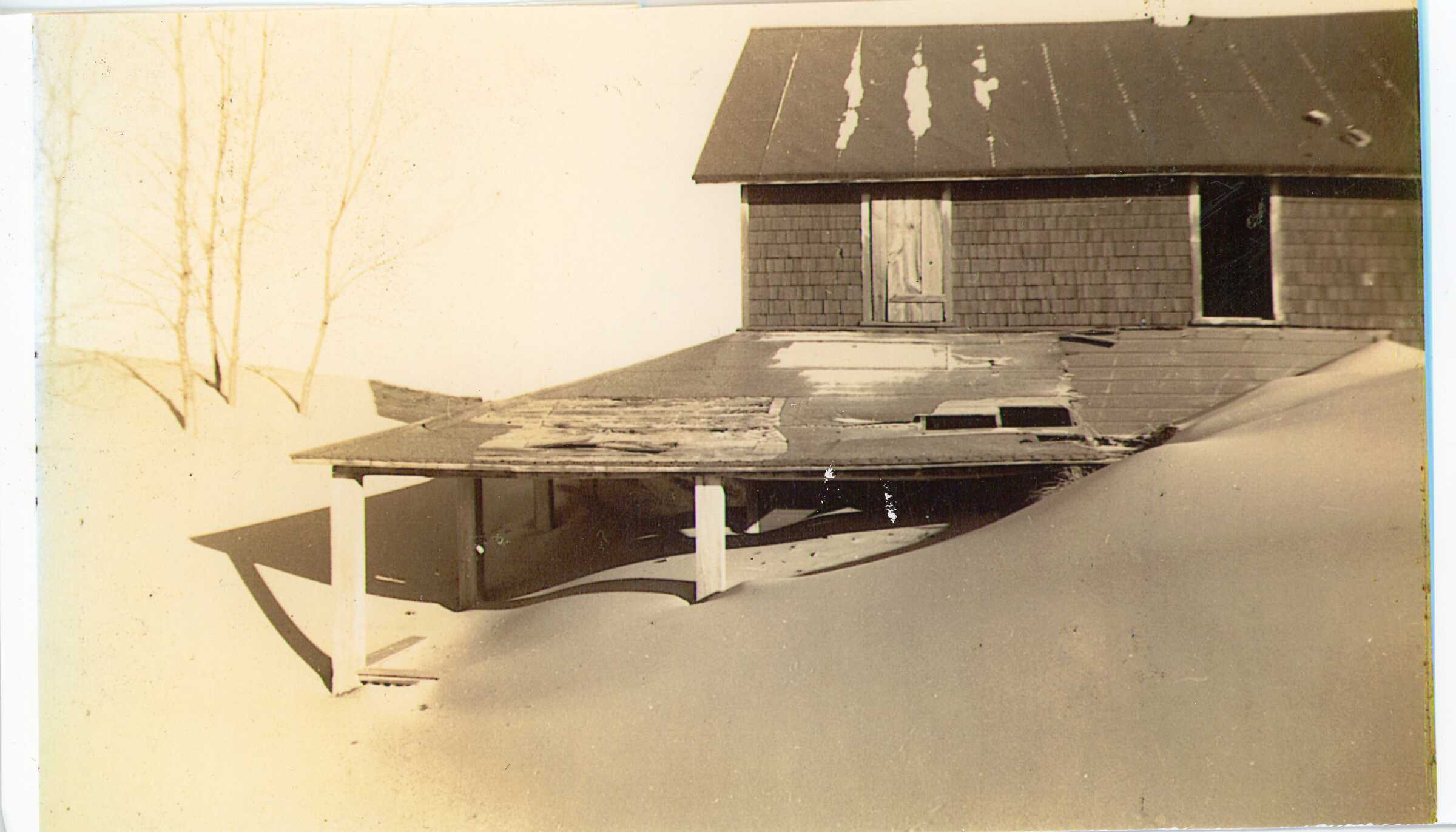
The Brightest Spot on the Great Lakes
Not long after the last townsfolk hightailed it out of Singapore, a dance hall called the Big Pavilion sprang up along the shores of the Kalamazoo River, sitting at the southern end of Water Street in Saugatuck. City dwellers visiting for the summer flocked to the pavilion to dance, enjoy libations, and take in stunning views of the lake. Called the “Brightest Spot on the Great Lakes,” the Big Pavilion featured 5,000 exterior lights that could be seen by boats far out on the lake.
Inside the eight-story tall pavilion, lights flickered in time to the music as crowds of more than 1,000 dancers did the bunny hop on a 6,000-square-foot dance floor. Thanks to its all-wood construction, the building had excellent acoustics, amplifying musical styles that evolved over the decades from orchestral waltzes to the Charleston and eventually Jazz. Imagine attending Saugatuck’s first Jazz Festival in 1959, featuring Dizzy Gillespie and his quintet.
If you weren’t a dancer, there were plenty of other activities for you to enjoy. The Big Pavilion offered ice cream and coffee shops, a snack bar, a movie theater, and even a roller-skating rink in winter. After the end of prohibition, a bar called “The Dock” opened on the water and became a popular spot for boaters and jazz enthusiasts.
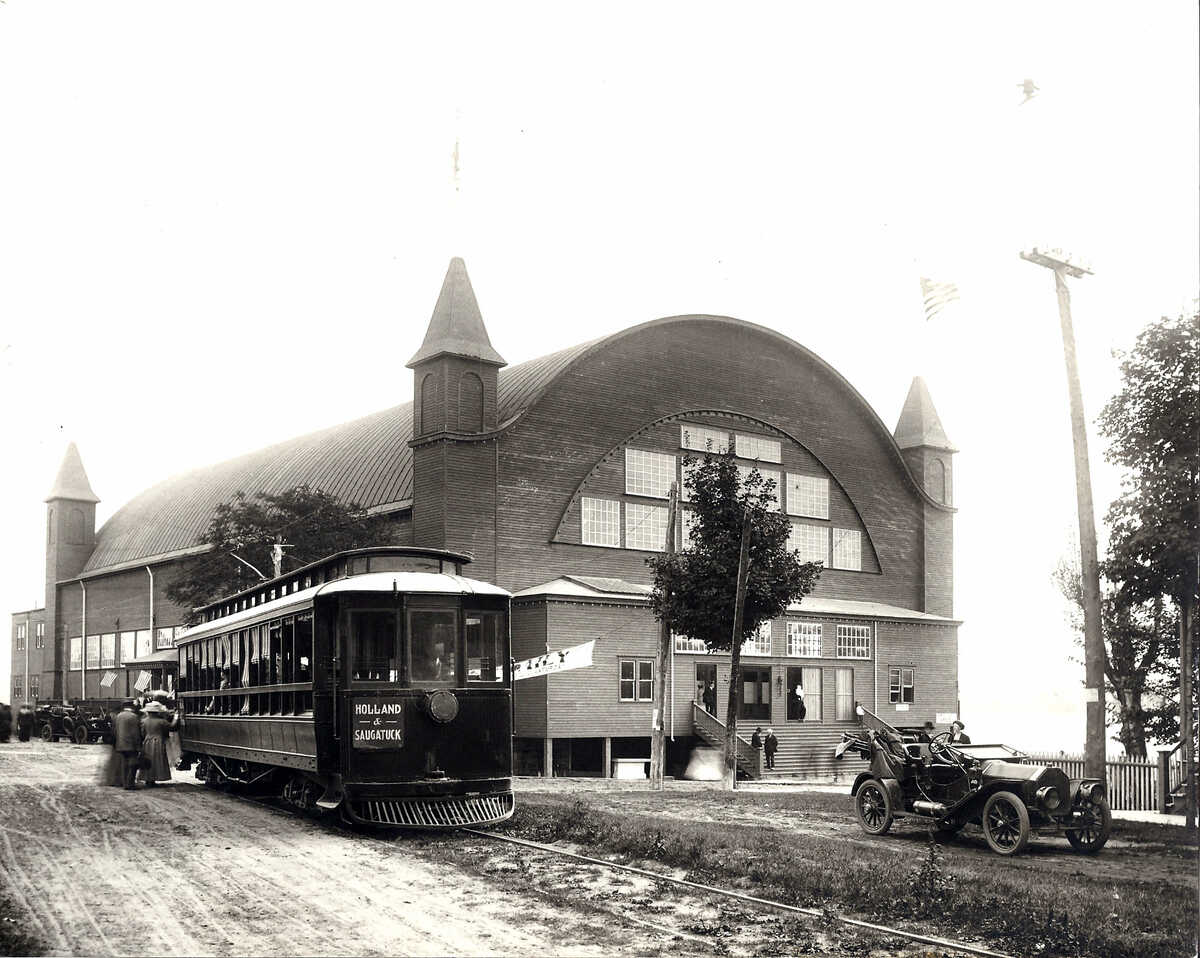

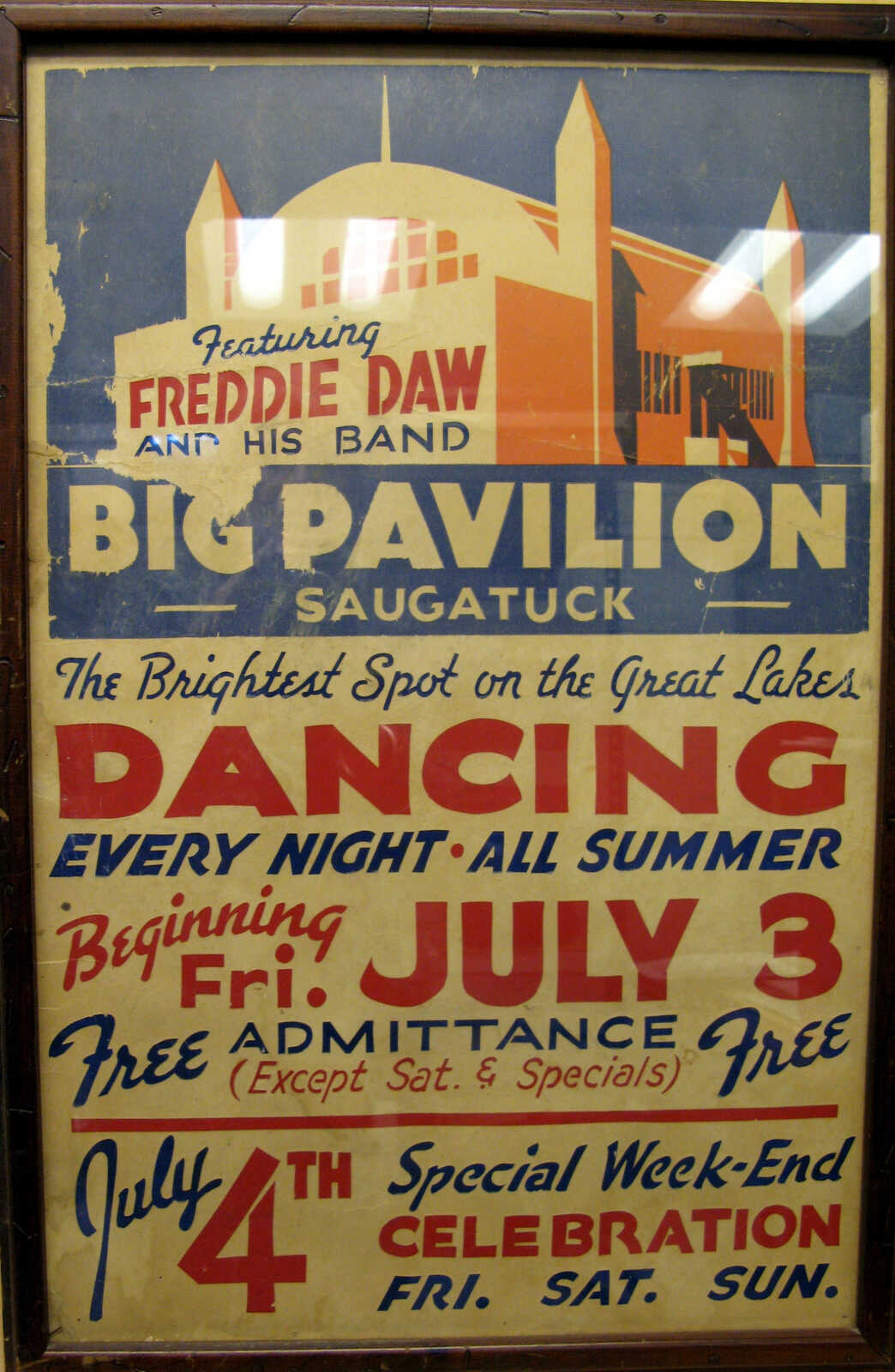
Fire signaled the decline of Singapore’s reign as a leading lumber town on the Great Lakes, and it brought the Big Pavilion’s time as an entertainment destination to an end. On May 6, 1960, a fire only took an hour to ravage the enormous dance hall. Today, you can still see the outline of the Big Pavilion in the parking lot of the Singapore Yacht Club, which opened in 1960.
Although you can no longer visit the Big Pavilion’s twinkling hall, its spirit lives on in Saugatuck’s vibrant music scene. From regular concerts at the Saugatuck Center for the Arts to nightlife at many of Saugatuck’s bars and restaurants, there are plenty of opportunities to eat, drink, and be merry along the Lake Michigan shore.
*Special thanks to Dr. Eric Gollannek, Executive Director of the Saugatuck-Douglas History Center, for fact-checking this article.
Photo Credit: Saugatuck-Douglas History Center



